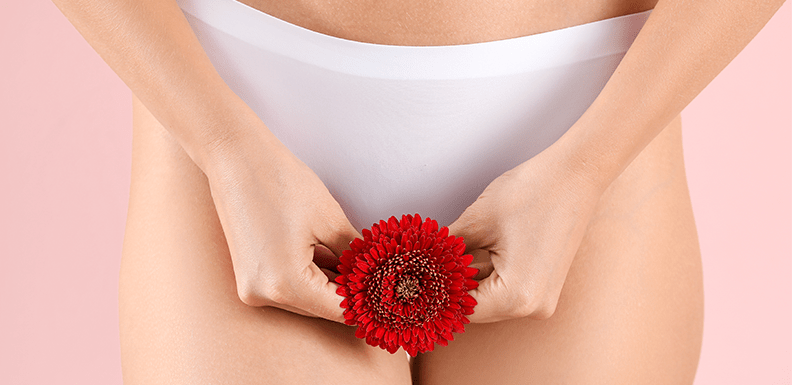For patients with elongated labia, vague terms like “vaginal rejuvenation” and “designer vagina” can undermine the seriousness of the condition, which includes a variety of functional concerns. Often attributed to congenital causes, exogenous hormones, chronic irritation, childbirth, aging and external physical causes, women at nearly every age, from birth to later adulthood, have symptoms such as tugging, twisting, urinary tract infections, personal hygiene issues, dyspareunia, pain during exercise, exposure in clothing and deviation of urine stream.
For an increasing number of women who seek to alleviate these symptoms, labiaplasty, a surgical procedure that was performed more than 11,000 times in 2019 according to the American Society of Plastic Surgeons, can provide significant improvement in quality of life.
Given the persistent controversy and the limited number of prospective outcome studies looking at improvement of specific symptoms through surgery, Heather Furnas, MD, FACS, and colleagues performed a study featured in the September issue of Plastic and Reconstructive Surgery®, the official medical journal of the American Society of Plastic Surgeons (ASPS), to measure the degree of change in the incidence of specific, pre-existing functional and appearance-related symptoms after a labiaplasty.
In the prospective study, 62 women (ranging in age from 17 to 61 with an average age of 33 years) undergoing labiaplasty completed a questionnaire about symptoms related to excess vaginal tissue before the procedure in 2016-17, and again at follow-up in 2019.
The study revealed that before surgery, all of the women had at least one of a list of 11 symptoms commonly reported by labiaplasty patients. The most common symptom was feeling self-conscious about their appearance, reported by 93.5 percent of women. Other common symptoms included problems with intimacy, including tugging during intercourse (66.1 percent); and difficulties with clothing, including twisting in tight pants (58.1 percent).
Other common symptoms included feeling less attractive and negative effects on self-esteem. Overall, the women reported on average of 6.5 symptoms per patient. Most patients (82.2 percent) had a trim labiaplasty, wherein the excess part of labia minora is removed and sutured so that it is symmetrical with the labia majora, and the rest (17.7 percent) had a wedge, wherein a partial thickness wedge is removed from the thickest part of the labia minora.
“The decision to perform a trim or a wedge labiaplasty was a mutual decision made after a discussion with the patient about the anatomic characteristics of her labia minora and clitoral hood and according to her goals,” Dr. Furnas and colleagues wrote. “The discussion covered pigmentation, thickness of each labium, roughness of the mucosa, asymmetry and morphology of the clitoral hood.”
“Patients wishing for rough, textured and darkly pigmented mucosa to be removed or for the central lamina to be thinned chose the trim approach,” according to the study. “Patients generally chose a wedge when the mucosa along the edge of the labia had qualities they wished to maintain.”
The preoperative survey indicated that all patients had at least 1 of 11 specific symptoms. After surgery, 58 of the 62 patients (93.5 percent) were symptom-free. Nearly all patients were self-conscious (93 percent), and afterwards only 6.5 percent reported the same issue. Preoperatively, 66.1 percent experienced tugging with intercourse and an equal 66.1 percent felt less attractive; both symptoms were eliminated after surgery.
Over half of patients surveyed experienced a negative impact on self-esteem (64.5 percent) and intimacy (62.9 percent), which dropped to 1.6 and 0 percent respectfully; twisting in clothing (58.1 percent) dropped to 3.2 percent; tight pants being uncomfortable (56.5 percent) dropped to 4.8 percent; and restriction of clothing choice (54.8 percent) dropped to 3.2 percent. In addition, the 46.8 percent with visibility in tight exercise clothing dropped to 1.6 percent; the 43.5 percent experiencing pain with intercourse dropped to 1.6 percent; and the 38.7 percent noting exposure in a bathing suit dropped to 1.6 percent after surgery.
The new study is one of the few to track changes in individual symptoms from before to after labiaplasty, showing positive effects on a wide range of physical and psychosocial symptoms. “Our paper establishes the dramatic quality-of-life benefits of labiaplasty,” Dr. Furnas comments. “It provides new evidence that the current, common recommendation of nonsurgical treatments is inadequate to improve women’s symptoms related to excess vaginal tissue.”
Plastic and Reconstructive Surgery® is published by Wolters Kluwer.
Click here to read “Comparison of Patient Symptomatology before and after Labiaplasty”
Article: “Comparison of Patient Symptomatology before and after Labiaplasty” (doi: 10.1097/PRS.0000000000007081)





